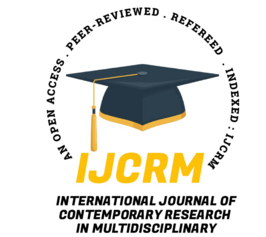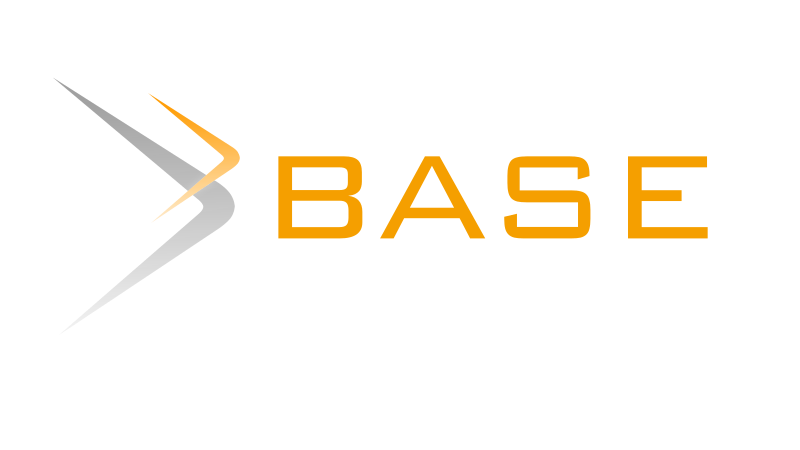International Journal of Contemporary Research In Multidisciplinary, 2025;4(1):151-155
A Clinical and Radiological Comparative Evaluation of Osseodensification Technique and Rotary Bone Expansion Technique for Implant Placement in Low-Density Bone: A 16 Weeks Prospective Randomized Controlled Trial
Author Name: Dr. Abhilasha Sinha; Dr. Preeti Upadhyay; Dr. Pragya Tripathi; Dr. Mayank Pal;
Abstract
Background: Dental implants are highly effective for teeth replacement, with stability being crucial for success. Stability, defined by the absence of clinical mobility, includes primary and secondary stability. Primary stability is biomechanical, influenced by bone quality, implant design, surgical technique, and insertion torque. Secondary stability, a biological phenomenon, indicates osseointegration, the direct connection between bone and implant. Resonance Frequency Analysis (RFA) measures stability, recorded as the Implant Stability Quotient (ISQ) on a scale from 1 to 100, with higher values indicating greater stability. Techniques to enhance primary stability, especially in low-density bone, include bi-cortical fixation, under-preparation of the implant bed, osteotomes, and a new method called osseodensification, which increases bone density and improves stability.
Methods: Twenty-two single edentulous sites were selected for dental implant placement and divided into two groups of 11. Group A used the osseodensification technique, while Group B used rotary bone expanders. ISQ was recorded at 2, 4, 6, 8, 12, and 16 weeks, and IT and crestal bone levels were evaluated at baseline and 16 weeks.
Result: At baseline, Group A had significantly higher ISQ values than Group B. At 2 and 4 weeks, the ISQ difference was non-significant. Subsequently, Group B had higher ISQ values, but the difference remained non-significant. Insertion torque and crestal bone loss differences were also statistically non-significant between the groups.
Conclusion: Both osseodensification and rotary bone expander techniques showed statistically non-significant differences in ISQ, IT, and crestal bone loss, indicating equal efficacy for implant osseointegration.
Keywords
Osseointegration, implant stability quotient, crestal bone level, osseodensification, Insertional torque





